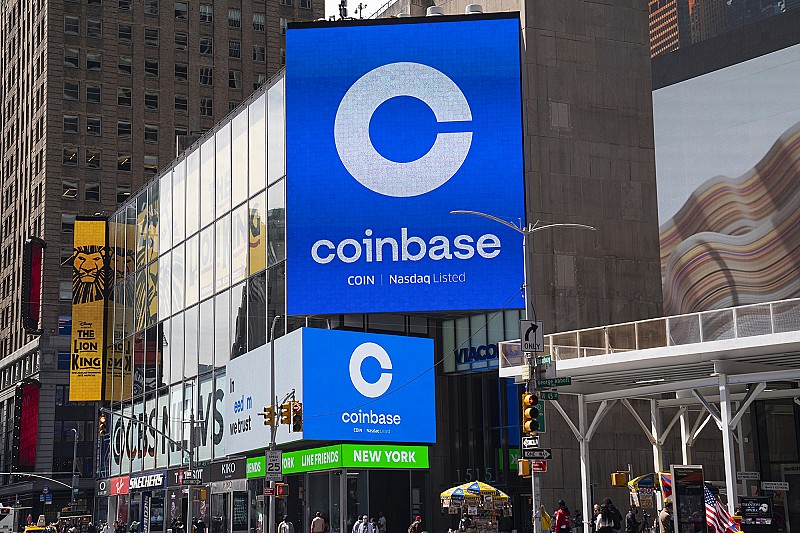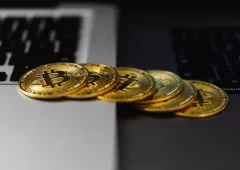Coinbase Returns to Hawaii After 7 Years as State Eases Crypto Regulations
14.08.2024 23:00 1 min. read Kosta Gushterov
Coinbase, the largest publicly traded crypto exchange in the US, has reestablished its presence in Hawaii after a seven-year hiatus.
This return is due to recent changes in state regulations that have simplified operations for crypto companies.
The state’s updated rules removed the Money Transmitter License (MTL) requirement, which previously presented a significant obstacle.
The regulatory change is part of the Digital Currency Innovation Lab (DCIL) project, launched in 2020 to explore the potential of digital currencies in Hawaii. The goal of these changes is to foster a more conducive environment for digital asset businesses.
Coinbase’s return follows Robinhood’s expansion into Hawaii in July, which also increased local access to digital financial services. Since Coinbase’s return, Hawaii residents can tap into a variety of services, including trading, streaming, and advanced trading tools.
The move has positively impacted Coinbase’s share price, signaling robust investor confidence.
-
1
Trump Imposes 50% Tariff on Brazil: Political Tensions and Censorship at the Center
10.07.2025 7:00 2 min. read -
2
Key Crypto Events to Watch in the Next Months
20.07.2025 22:00 2 min. read -
3
USA Imposes Tariffs on Multiple Countries: How the Crypto Market Could React
08.07.2025 8:30 2 min. read -
4
UAE Regulators Dismiss Toncoin Residency Rumors
07.07.2025 11:12 2 min. read -
5
Majority of U.S. Crypto Investors Back Trump’s Crypto Policy, Survey Finds
05.07.2025 18:09 2 min. read
Two Upcoming Decisions Could Shake Crypto Markets This Week
The final days of July could bring critical developments that reshape investor sentiment and influence the next leg of the crypto market’s trend.
Winklevoss Slams JPMorgan for Blocking Gemini’s Banking Access
Tyler Winklevoss, co-founder of crypto exchange Gemini, has accused JPMorgan of retaliating against the platform by freezing its effort to restore banking services.
Robert Kiyosaki Warns: ETFs Aren’t The Real Thing
Renowned author and financial educator Robert Kiyosaki has issued a word of caution to everyday investors relying too heavily on exchange-traded funds (ETFs).
Bitwise CIO: The Four-Year Crypto Cycle is Breaking Down
The classic four-year crypto market cycle—long driven by Bitcoin halvings and boom-bust investor behavior—is losing relevance, according to Bitwise CIO Matt Hougan.
-
1
Trump Imposes 50% Tariff on Brazil: Political Tensions and Censorship at the Center
10.07.2025 7:00 2 min. read -
2
Key Crypto Events to Watch in the Next Months
20.07.2025 22:00 2 min. read -
3
USA Imposes Tariffs on Multiple Countries: How the Crypto Market Could React
08.07.2025 8:30 2 min. read -
4
UAE Regulators Dismiss Toncoin Residency Rumors
07.07.2025 11:12 2 min. read -
5
Majority of U.S. Crypto Investors Back Trump’s Crypto Policy, Survey Finds
05.07.2025 18:09 2 min. read


